Minority representation in media necessary to destroy stigmas
The other day in my ceramics class I overheard a student ask the teacher for the “skin color glaze.” My teacher responded with the poignant question, “What kind of skin color?” To which the student replied, “Regular, you know, like yellow.”
While a seemingly harmless scenario on the surface, this classroom encounter actually paints a larger problem with American society. America has established a default color: the “yellow” my fellow classmate was looking for, or better known as “caucasian” or “white.”
By the year 2050 America will officially pass the point where “white” is the majority race (meaning that collectively people of color will comprise over half of the population), and yet that’s not what you’d expect if you opened an American magazine or went to an American movie theater.
In American media and pop culture, People of Color––especially women of color––are under and misrepresented. Whether they’re stereotypes perpetuated by late night comedy, sitcoms, or movies that seek to capitalize on “minority culture,” it’s rare to find examples of people of color who are being represented not by stereotypical behavior, but instead as normal everyday Americans who happen to not conform to the established default race.
This problem is perhaps most obviously prevalent (after taking a second look) in our local newsrooms. If you were to flip to your local news station of choice and watch the ten o’clock news, there would likely be a segment on the weather, a new trend in outdoor living, and a report on the tragedies of the day. More likely than not there is also murder that a person of color is alleged to have committed.
It goes without saying that people of color are not more violent or likely to commit crimes than their white counterparts, but there is a clear bias that exists on the reporting of these actions. The problem then becomes subconscious, in which the viewer unknowingly absorbs the hidden stereotype within this local news story, and the bias that existed before just became a little bit stronger.
Unfortunately the problems of under and misrepresentation don’t merely exist within the confines of the world of television but also have deep roots in movies, magazines, and countless other forms of media. Only six of the top 500 most viewed American films feature a protagonist who is a woman of color, and only one movie in the top 500 was directed by a woman.
This lack of diversity both on our screens and behind the lense may not appear to be a major problem, but if people of color are not seen in the same light as their white counterparts, then we will never be able to destigmatize populations that have been systematically relegated to a lower class.
Critics often point out the success of actresses like Kerry Washington in Scandal as examples of breaking through the color clouded glass ceiling, and rightfully so. However, this single example among others does not even come close to being a sizeable representation of communities of color. This logic even harms societal progress by stating that one role model of color is enough, while white children are afforded thousands.
Similarly, the lack of men and women of color on the front pages of magazines perpetuates the stereotype that “white is right” and that “black and brown isn’t beautiful.” Now of course no TV executive, or magazine editor will say this is racism, but a lack of action can be just as detrimental as a negative one.
America is no longer in the era of the Jim Crow south, but based off of our media options, it appears so from the outside. Something needs to be done and it needs to happen soon, because change will only come if there is a driving force to propel it. Media executives and the public need to take a stand on this issue, so that young people of color feel that they belong, and so someday, the default color of America will not resort to white, but the rainbow of stories that make up this great country we call America. After all, there is no one glaze for skin tone, but a rainbow of colors that paint a larger picture––one of diversity and acceptance for all.




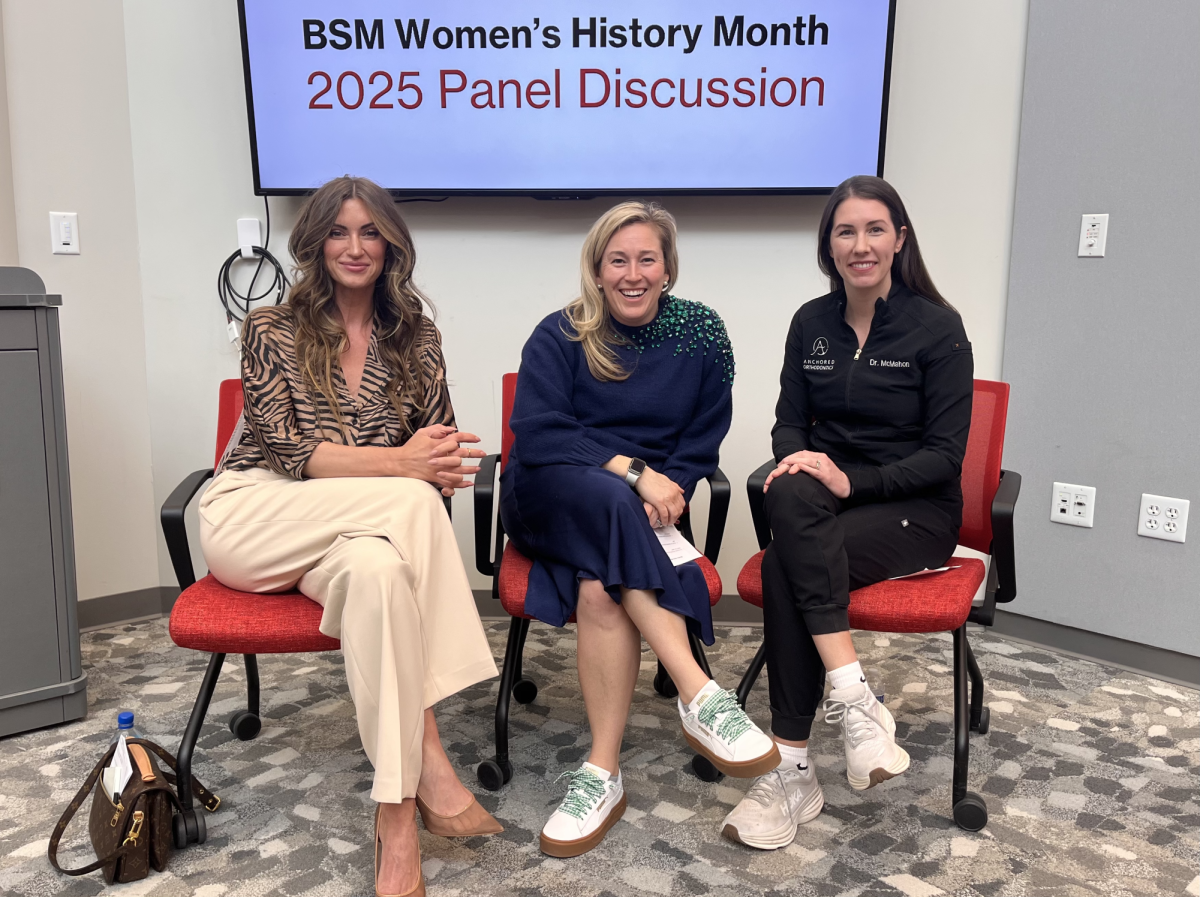


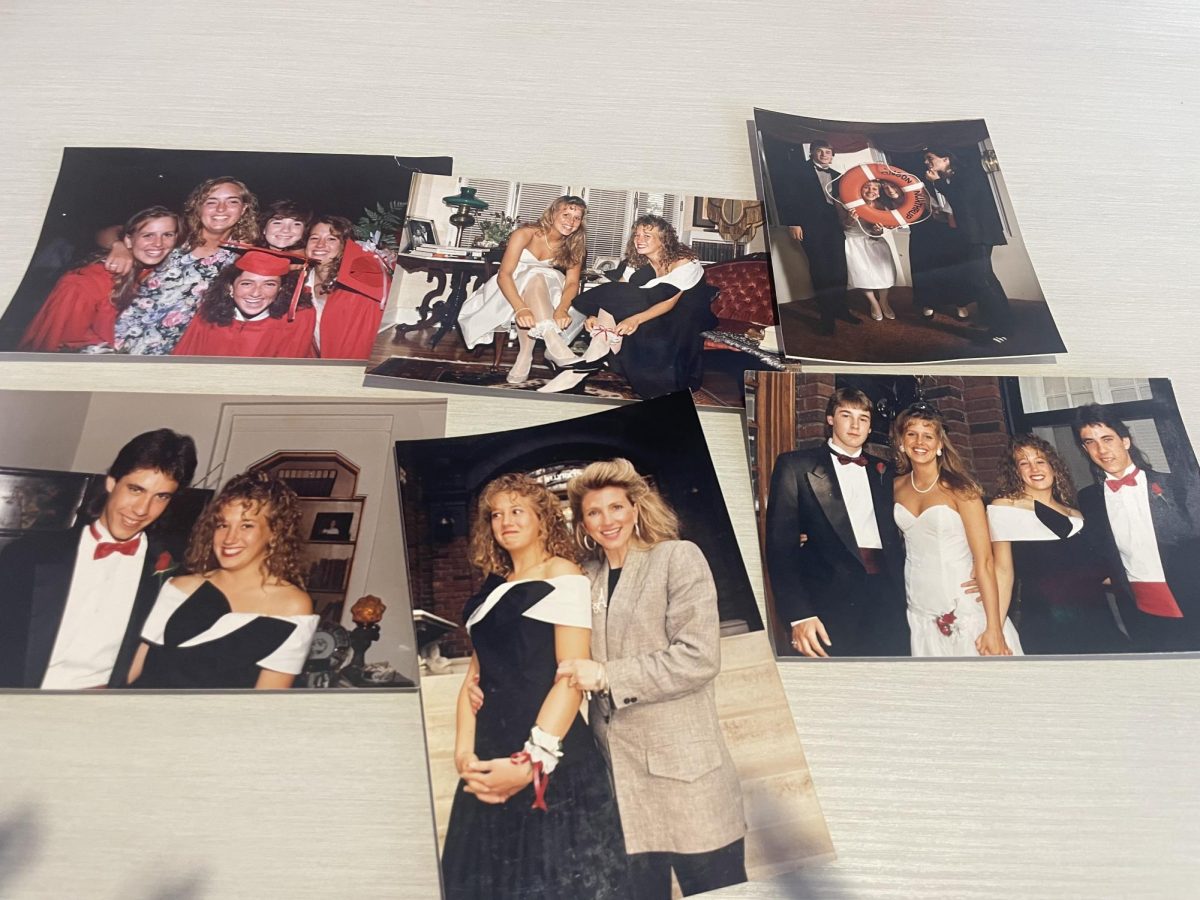
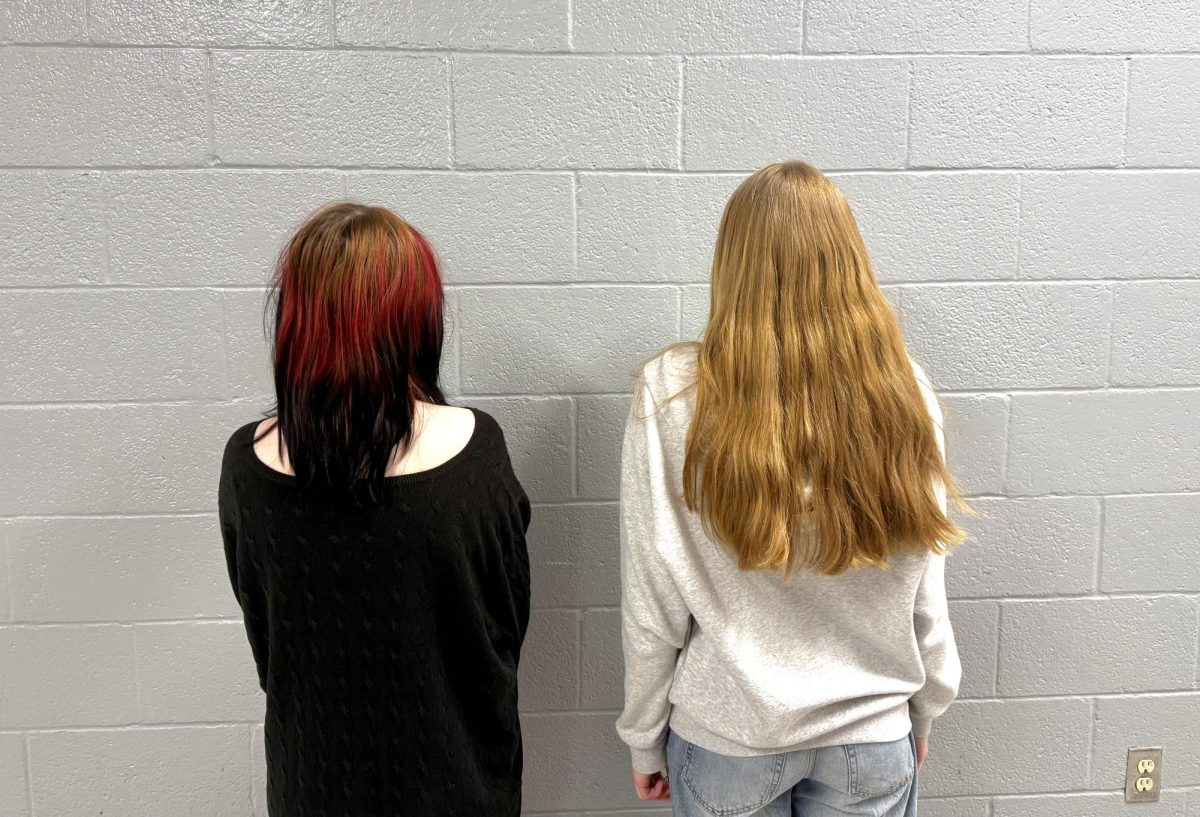
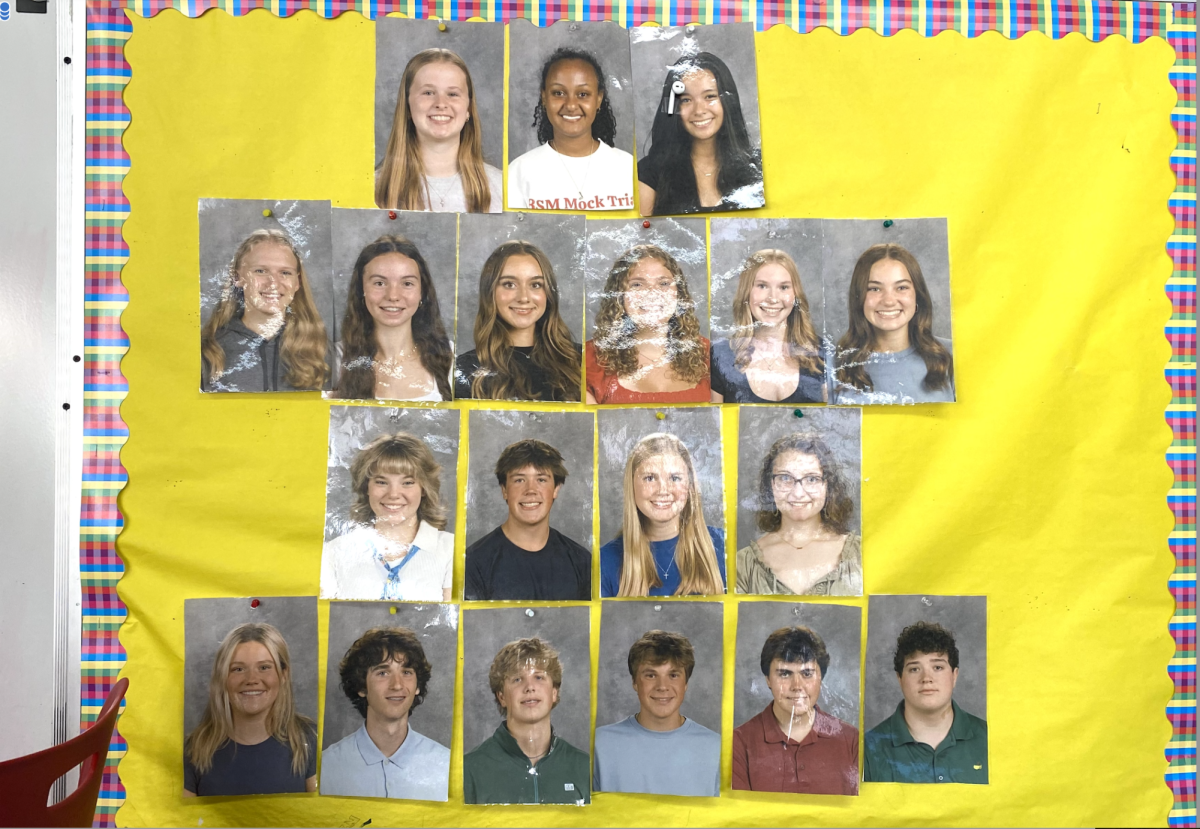
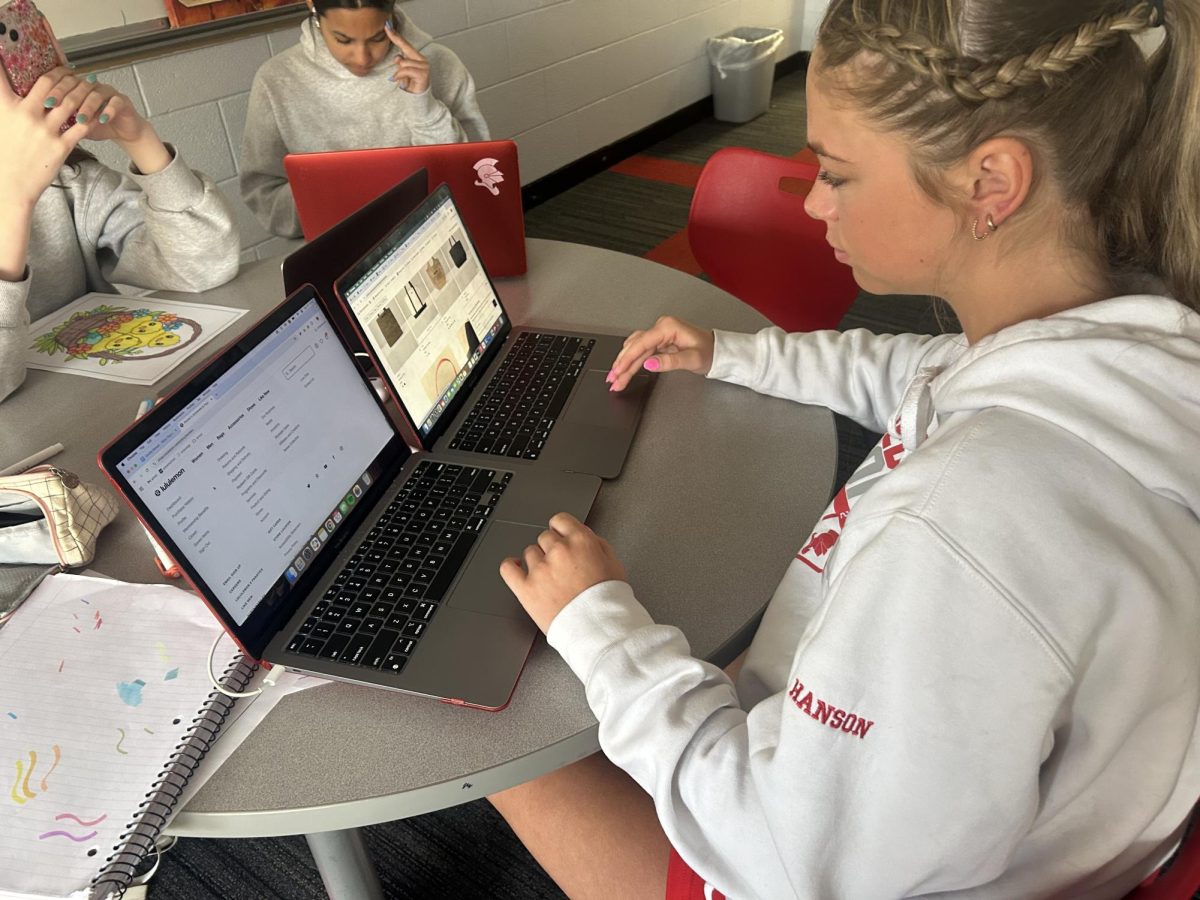














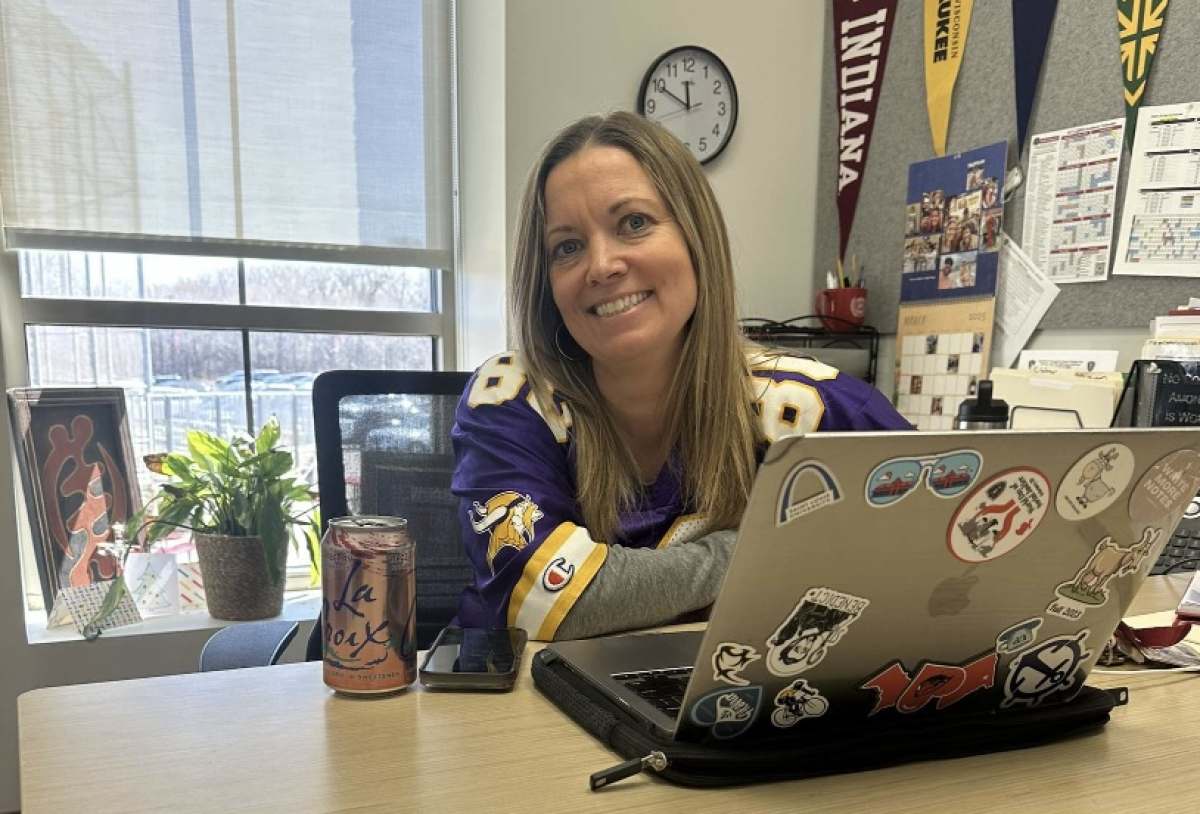



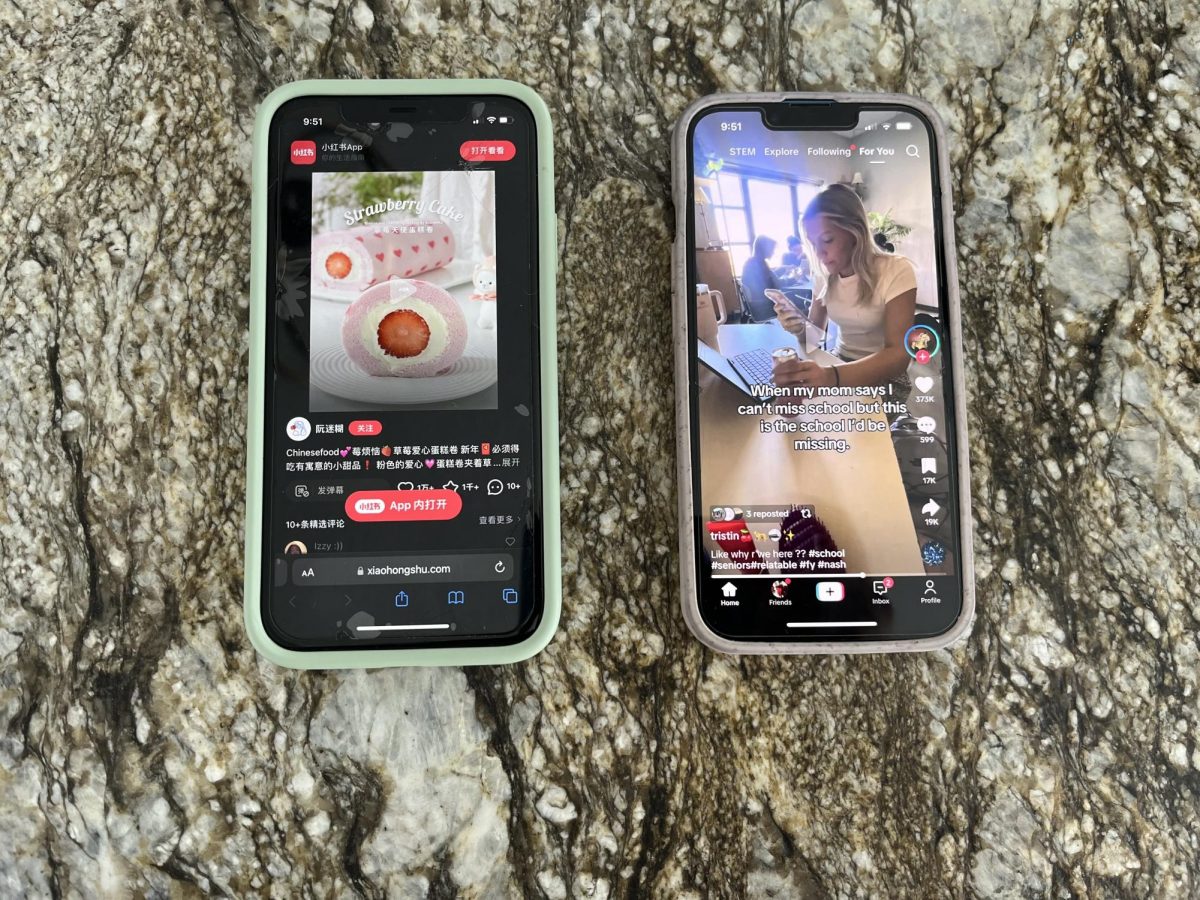






![Teacher Lore: Mr. Hillman [Podcast]](https://bsmknighterrant.org/wp-content/uploads/2025/03/teacherlorelogo-1200x685.png)





Dawn Breza • Sep 9, 2014 at 10:23 pm
Parker, this is an excellent piece! Your sensitivity to the world around you is ever so impressive!
Michael Hawkins • Jun 2, 2014 at 7:18 pm
Love your insightful writing, Parker.
M. Hawkins